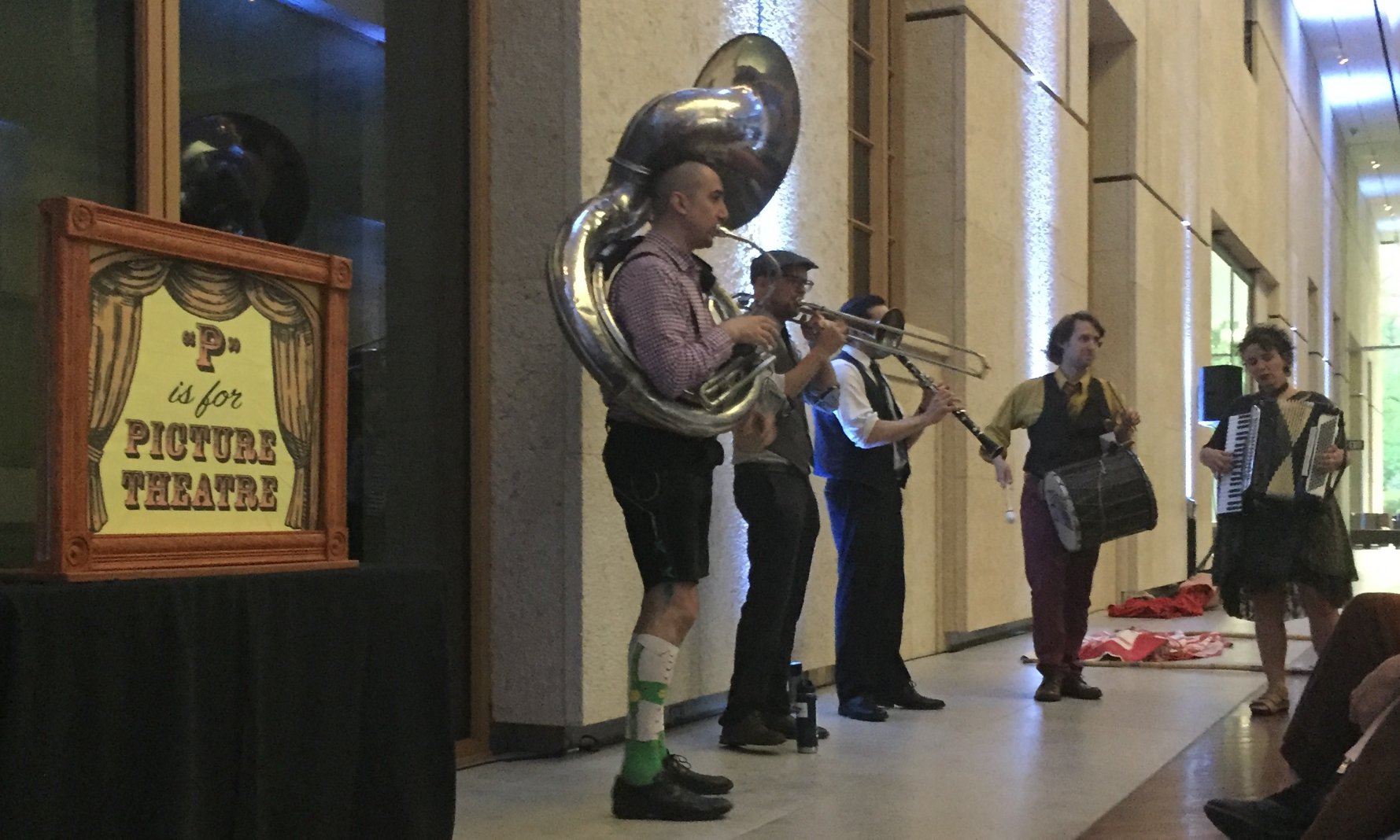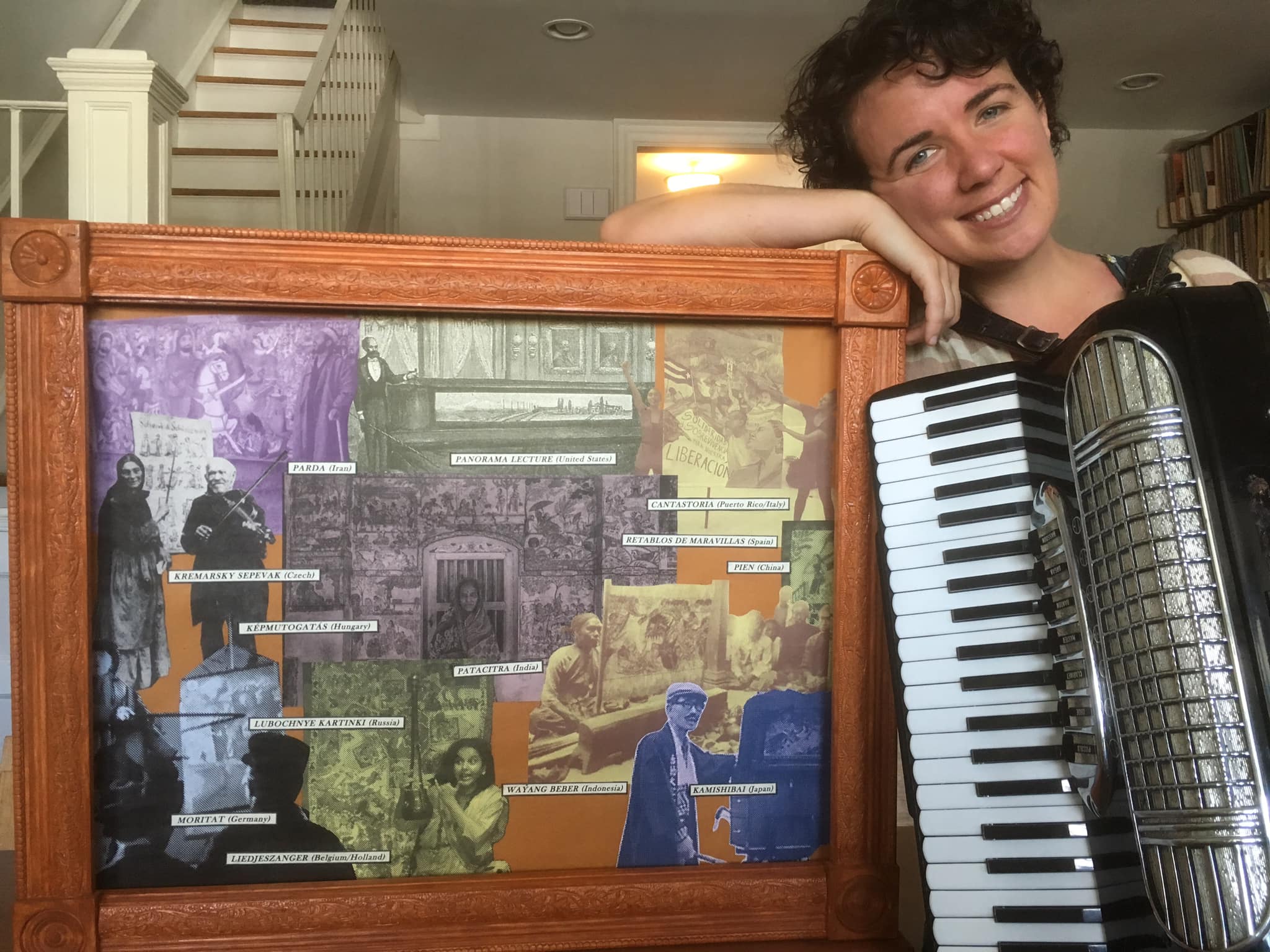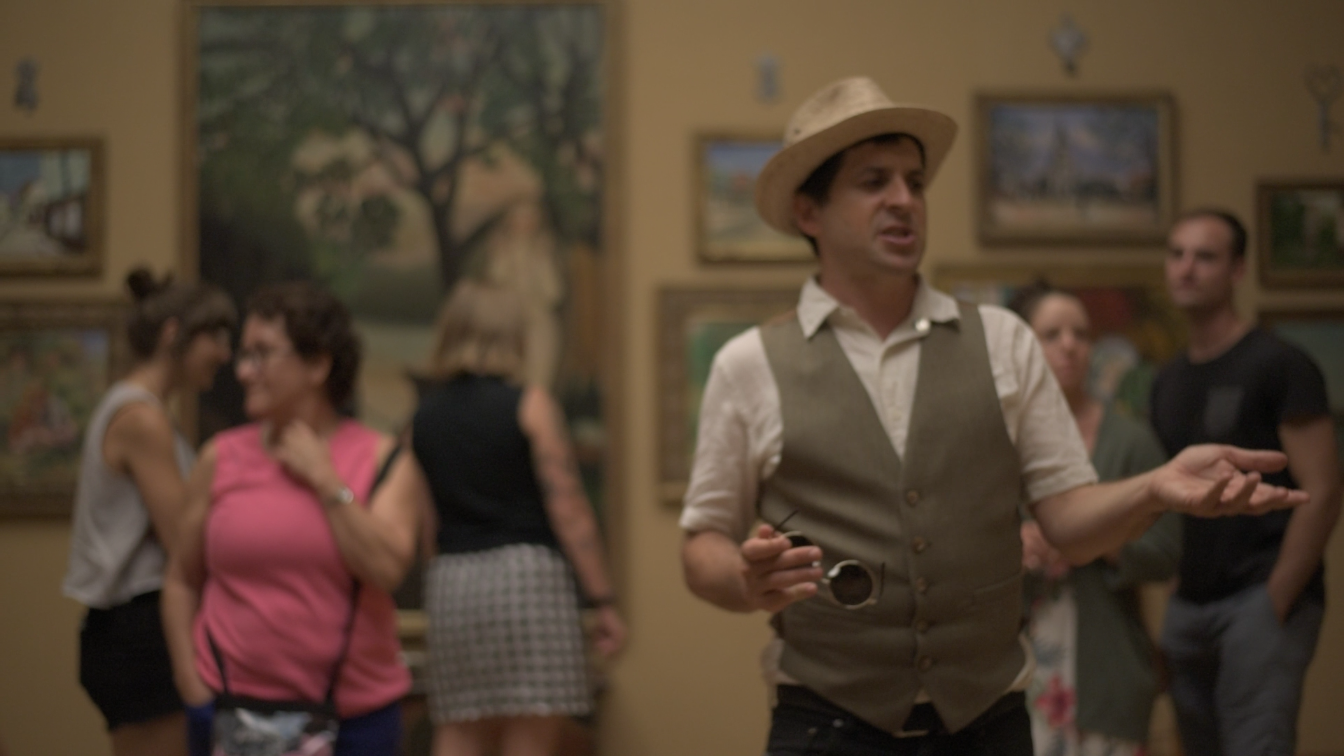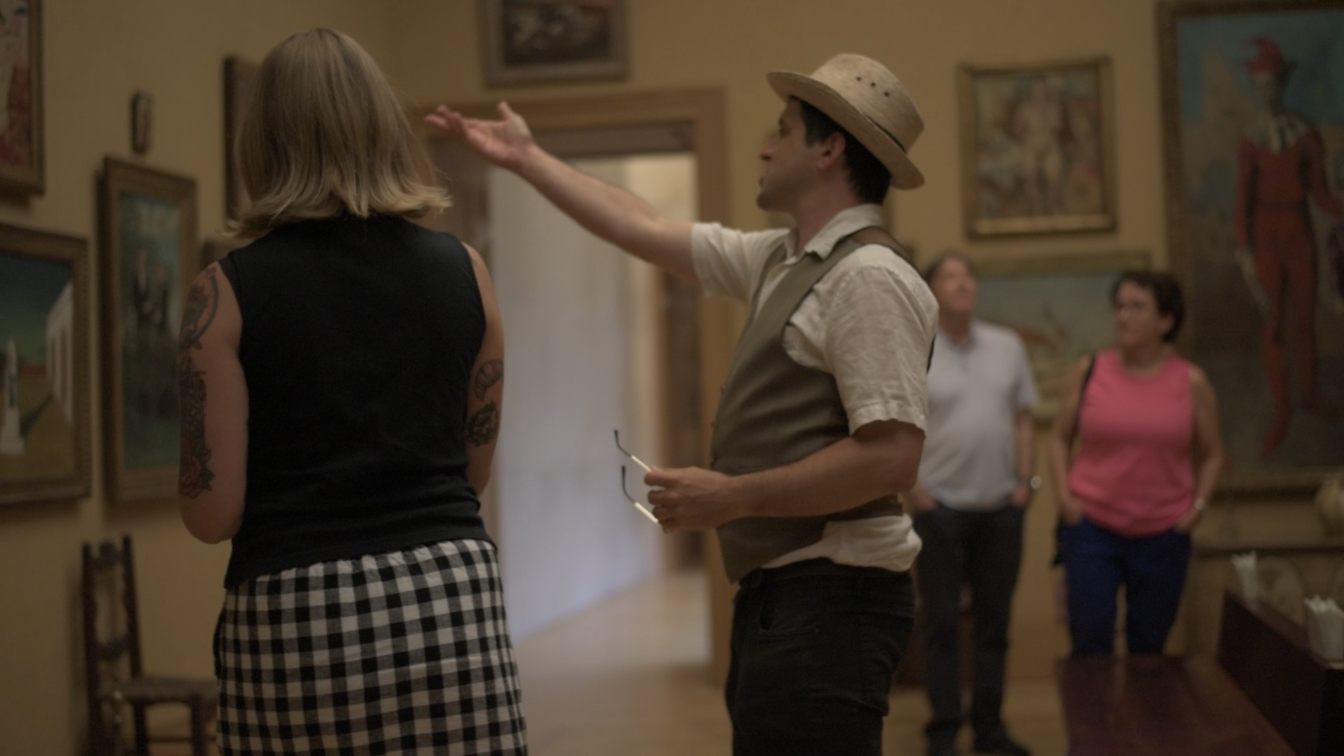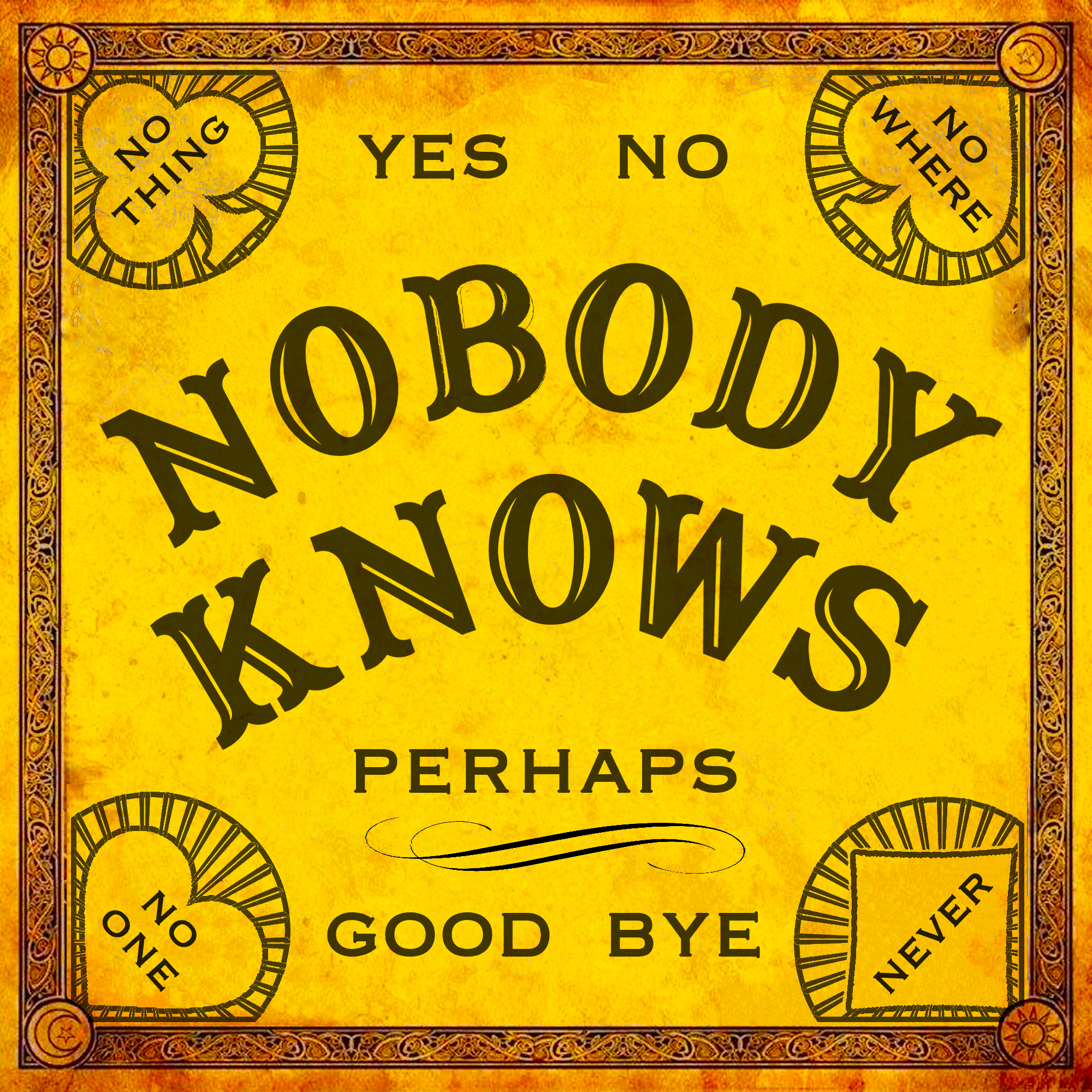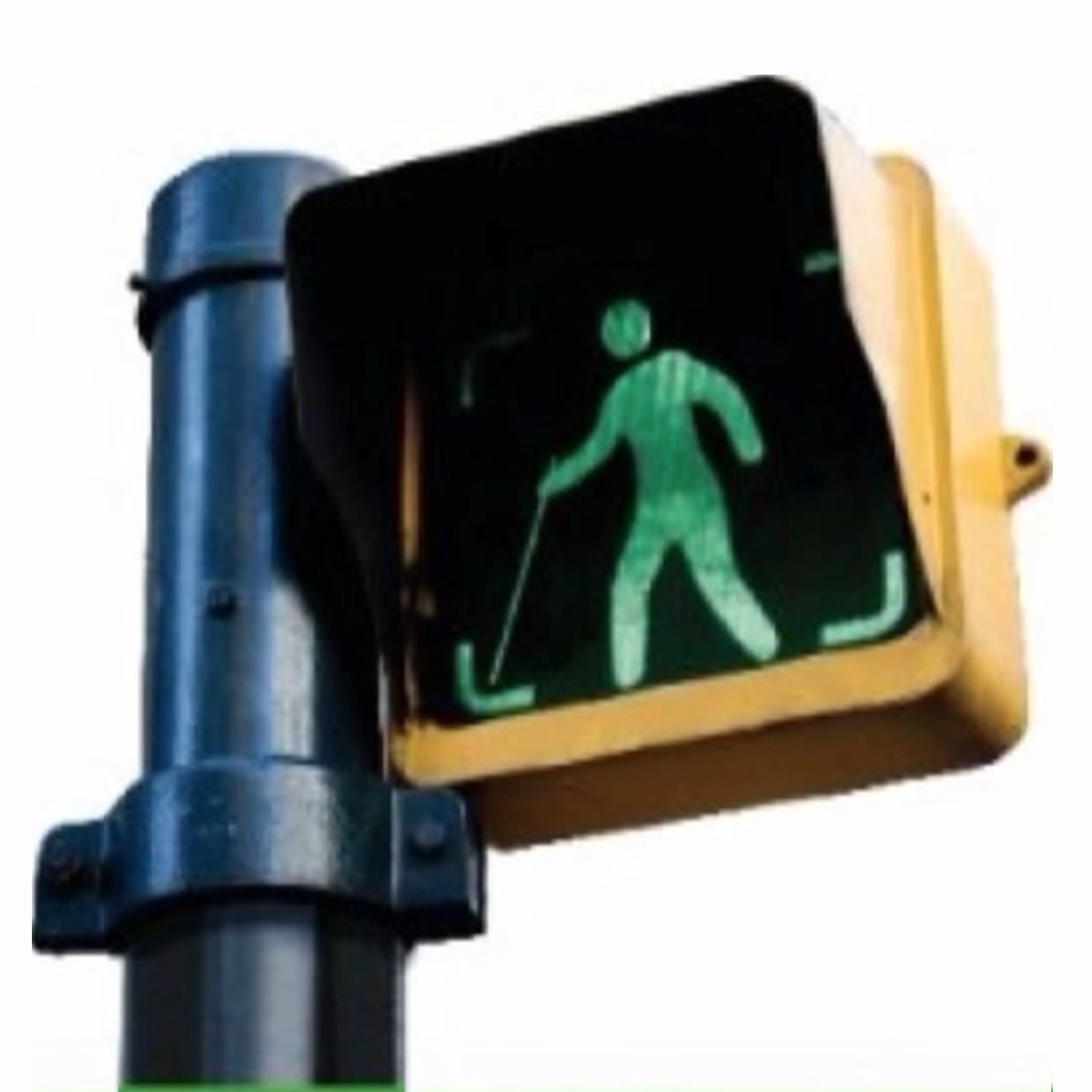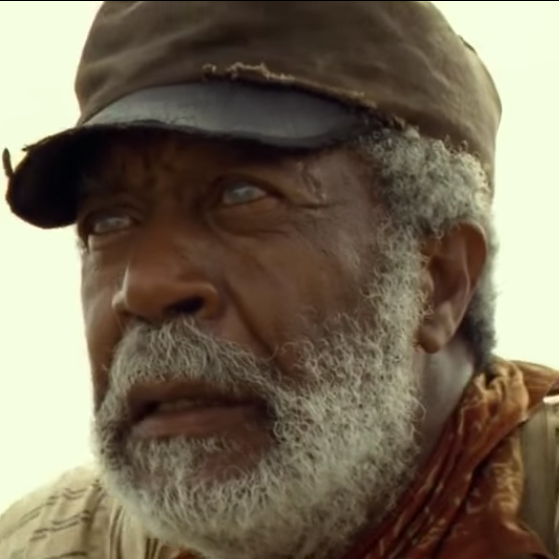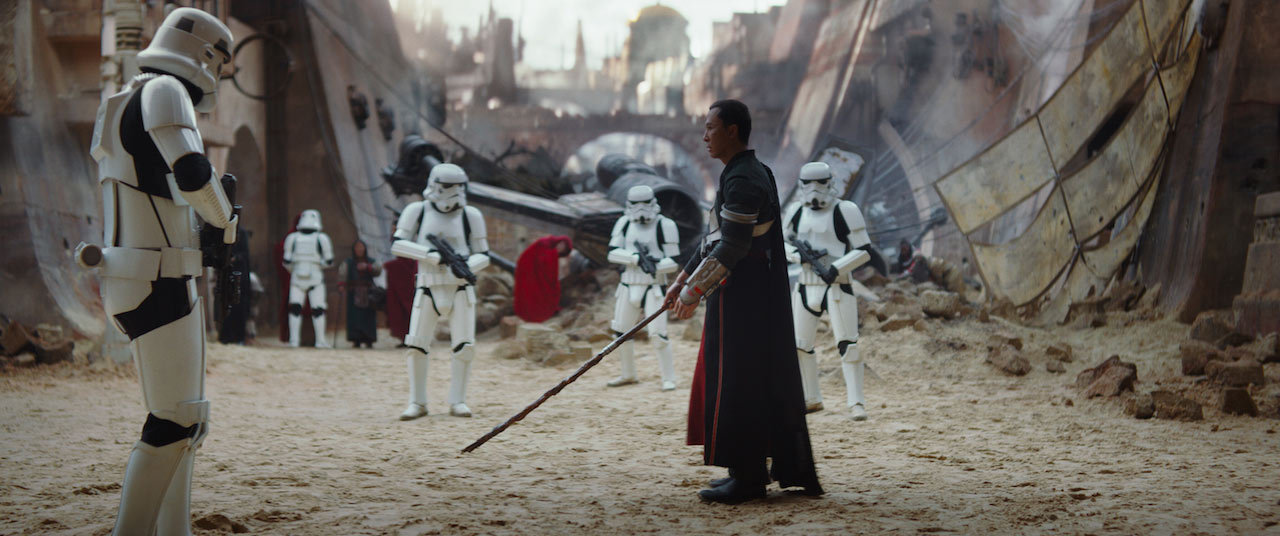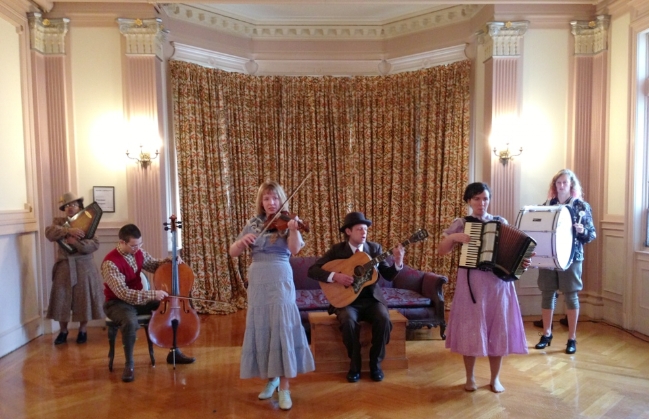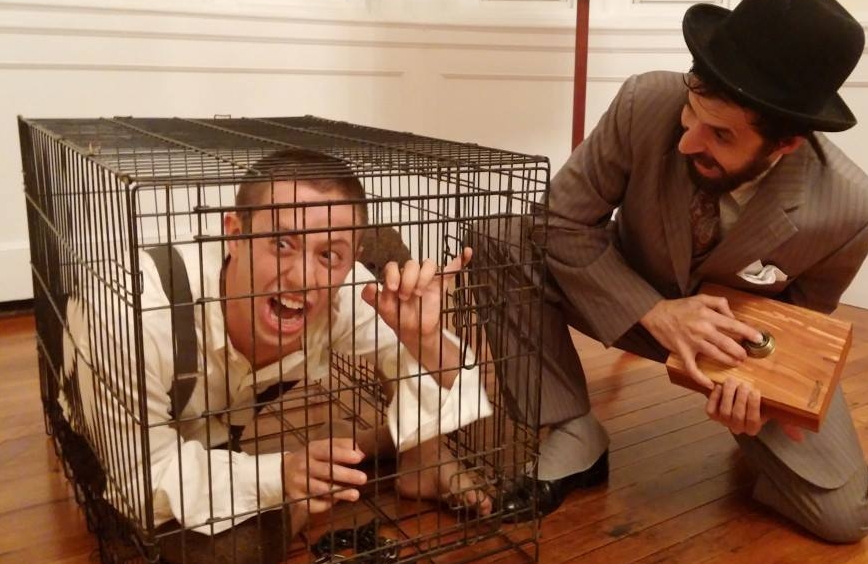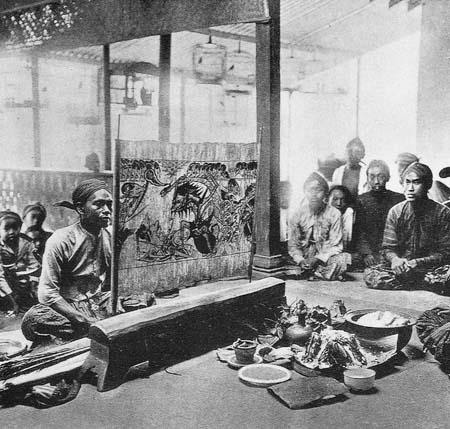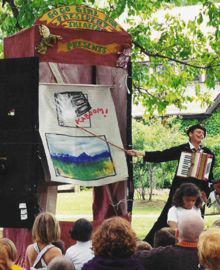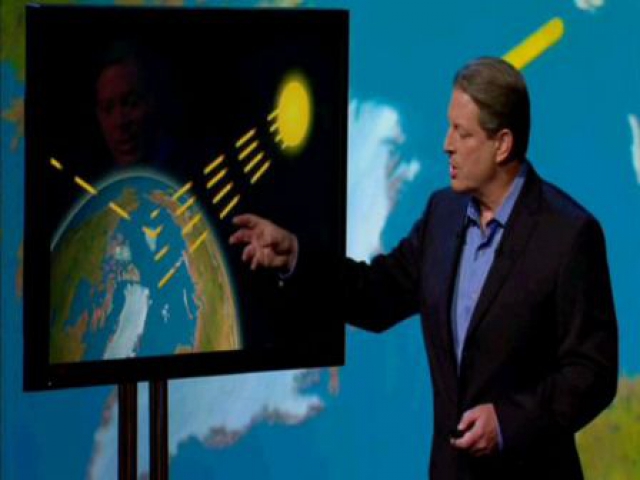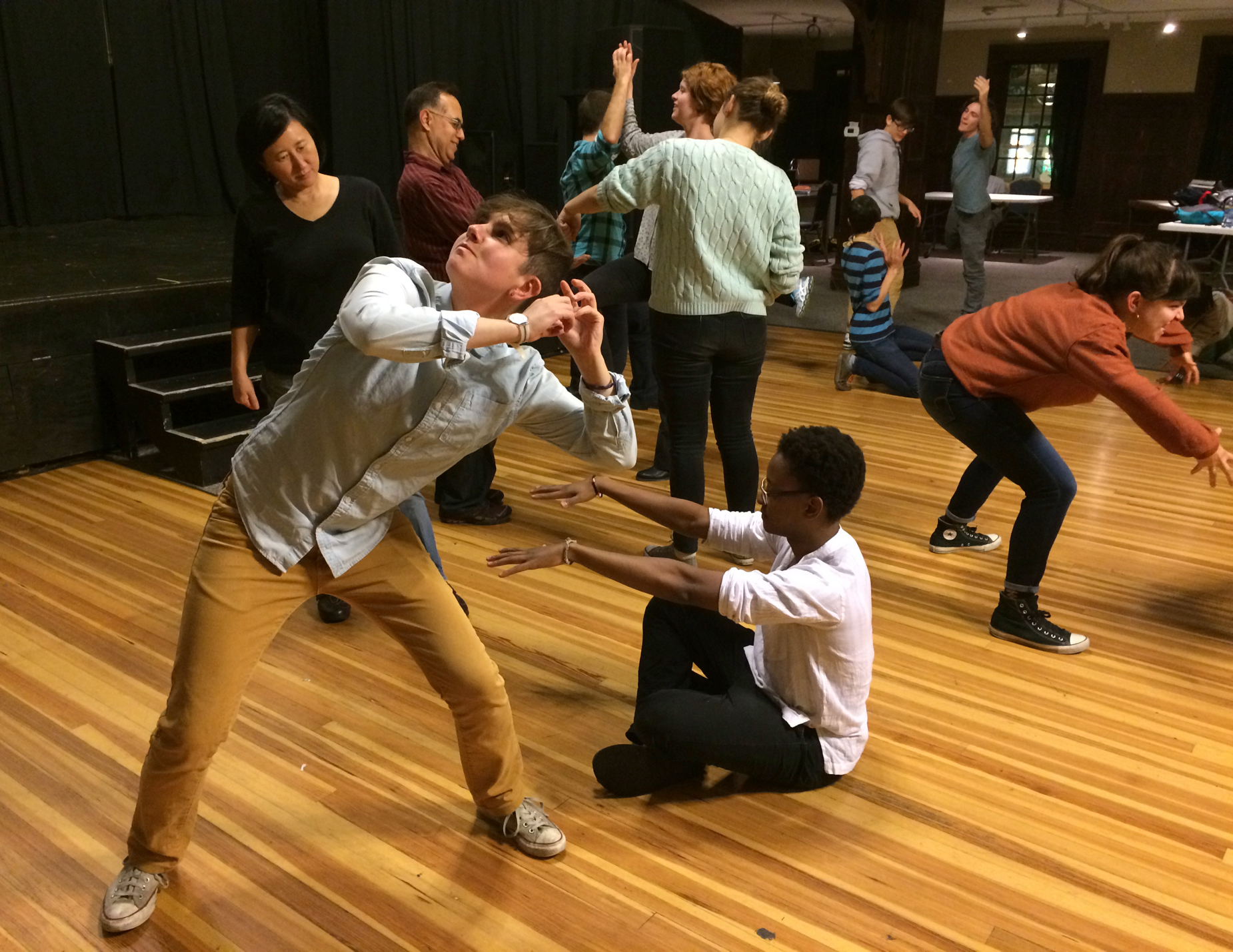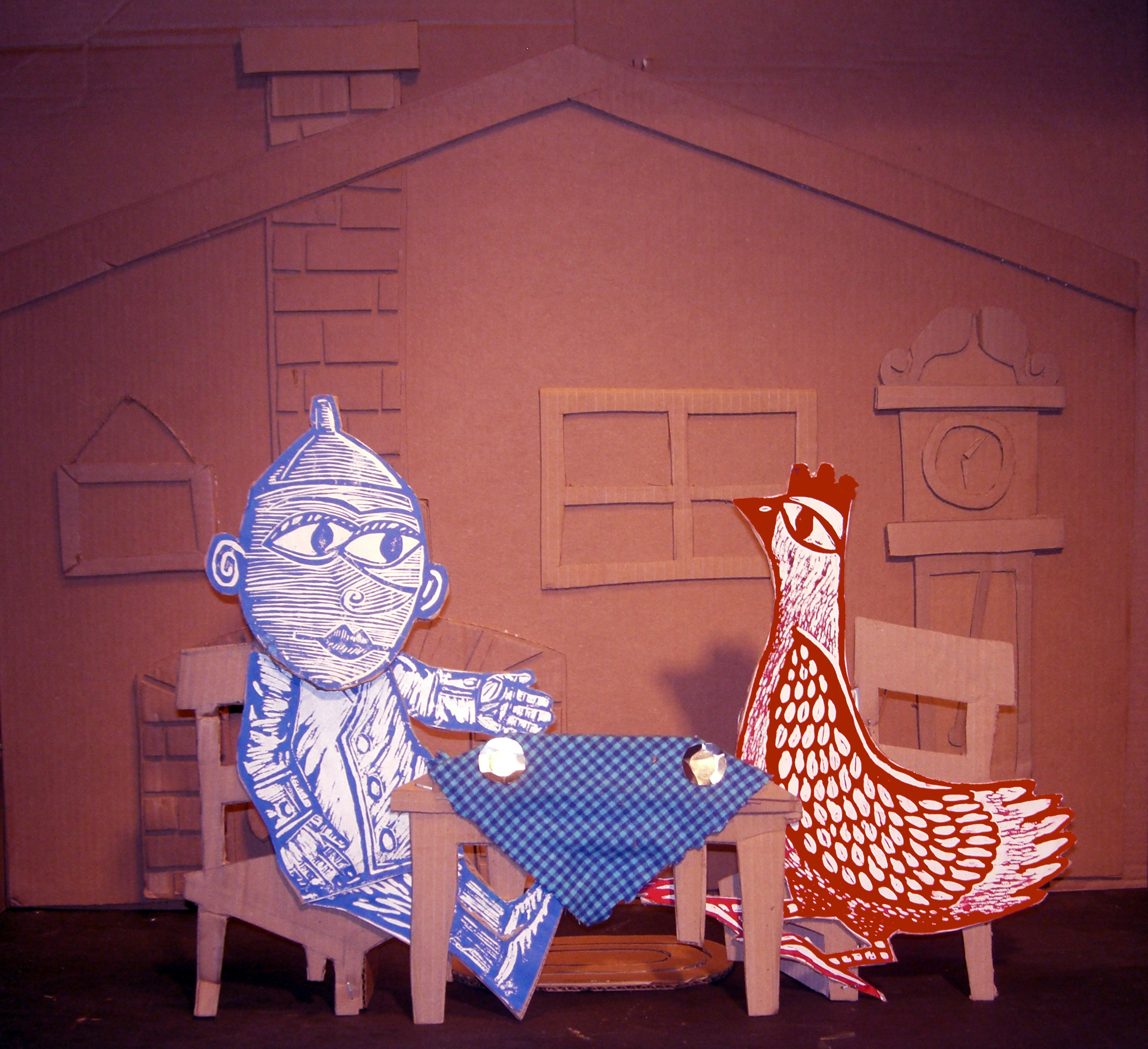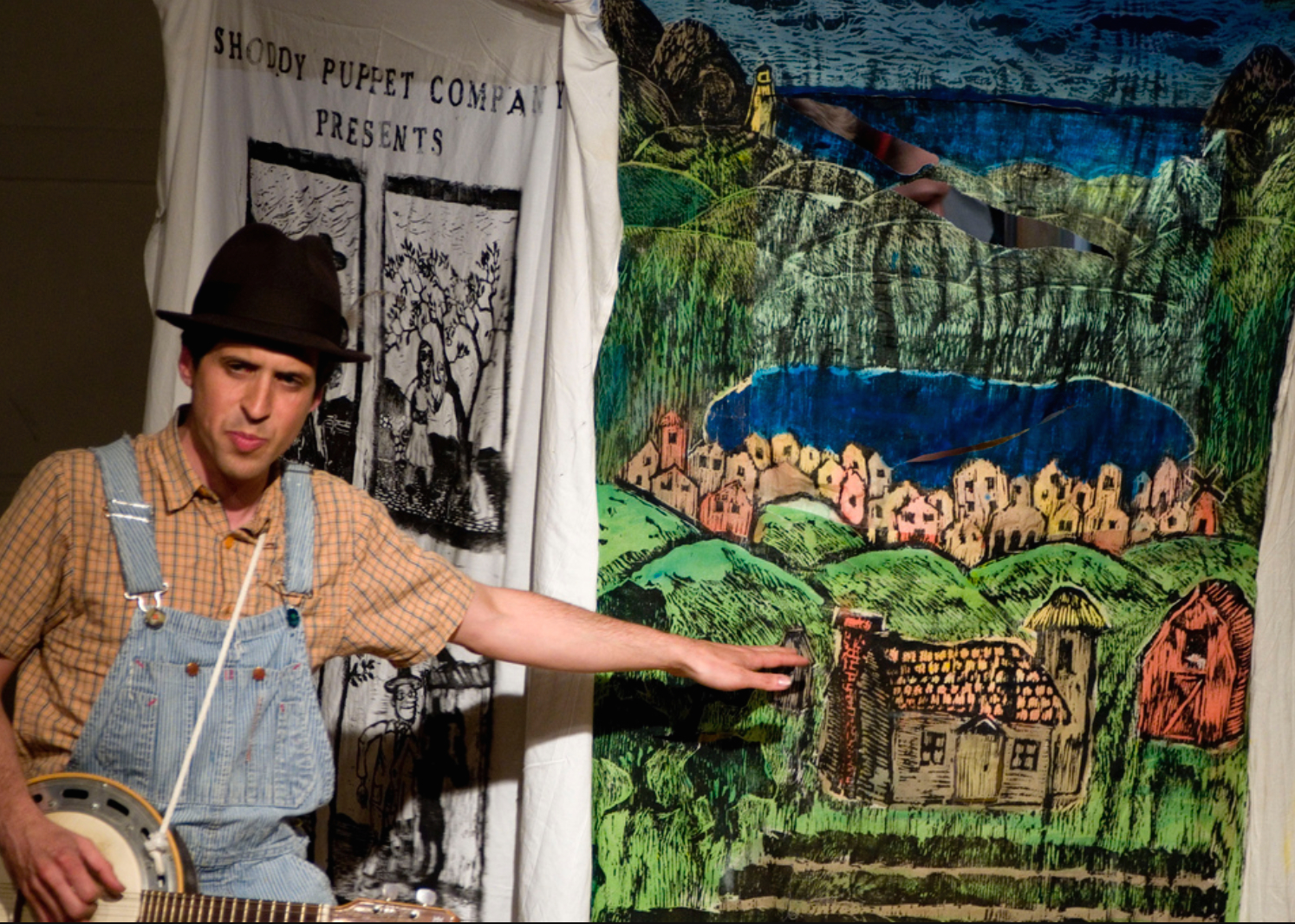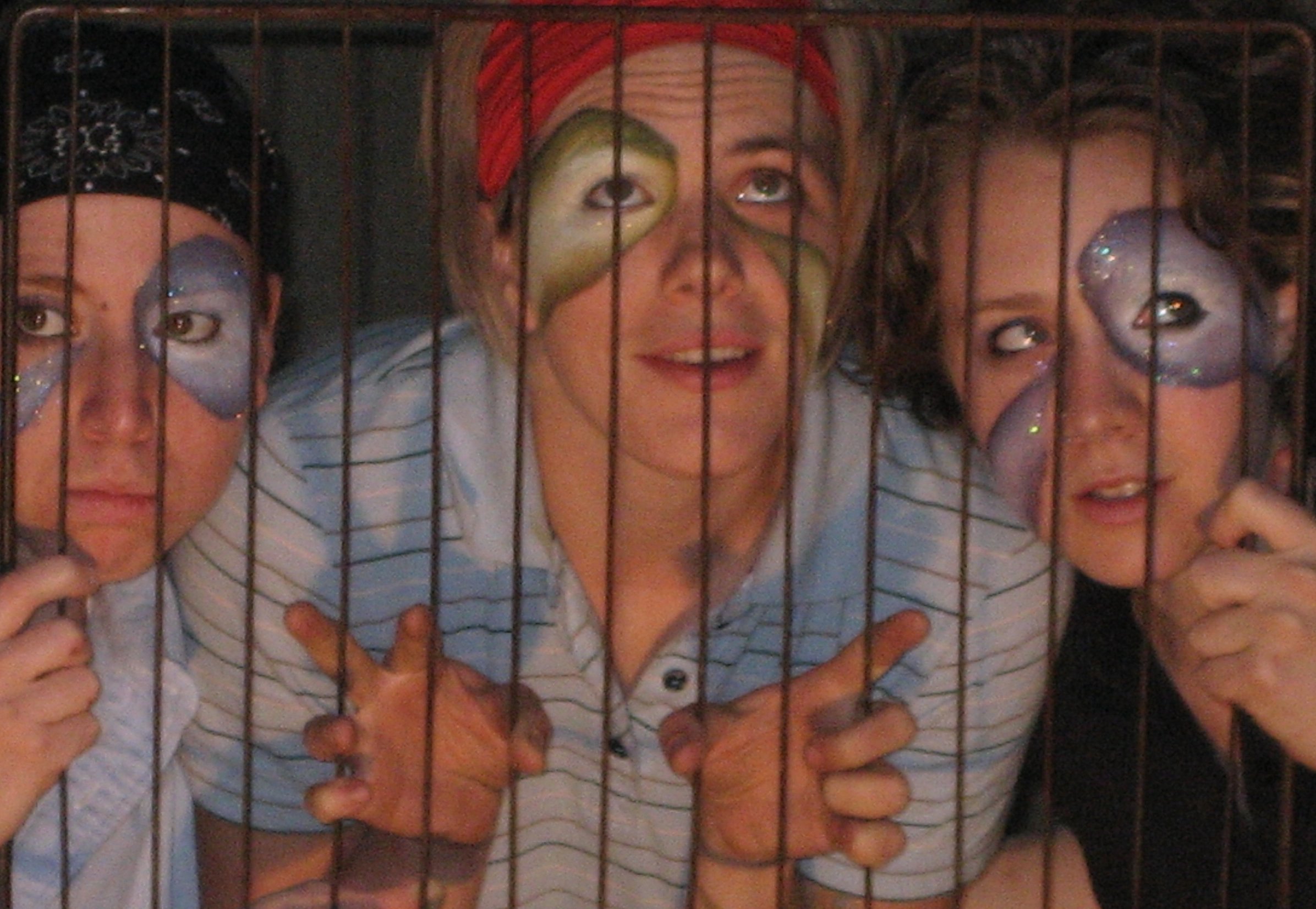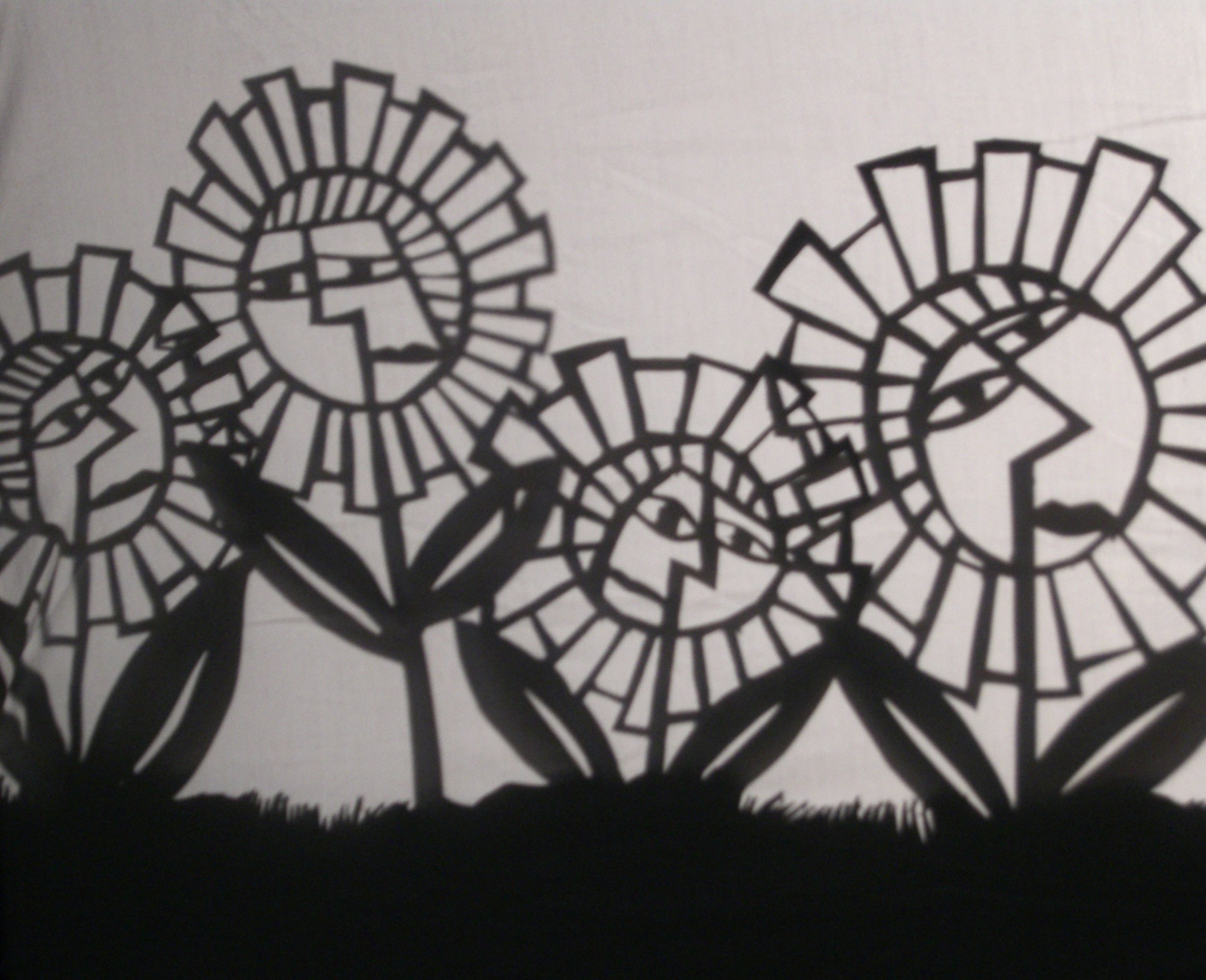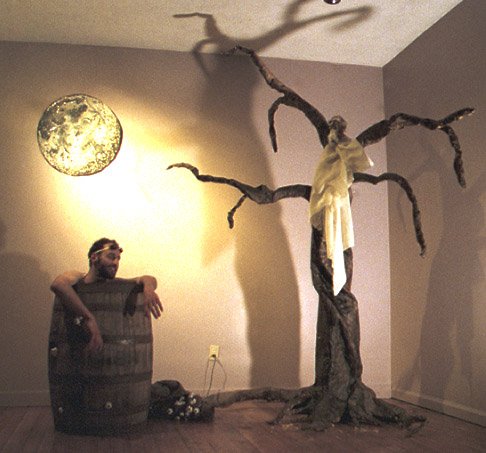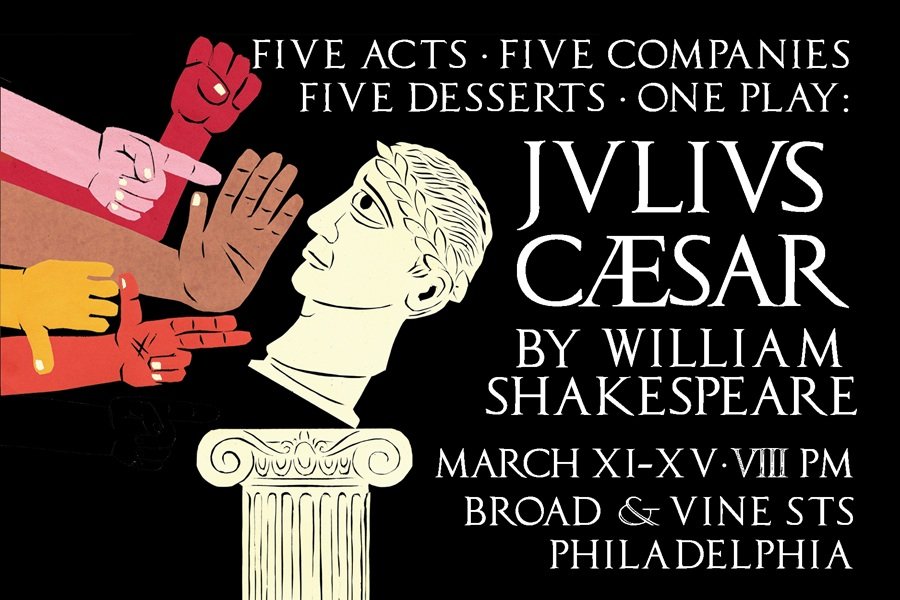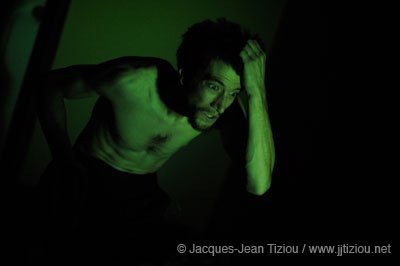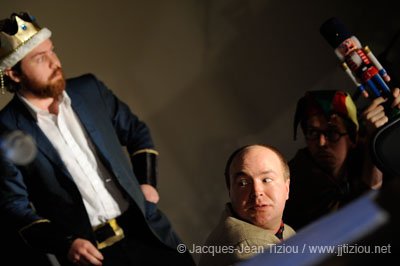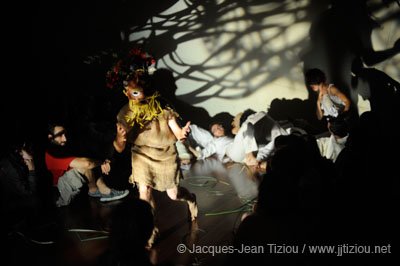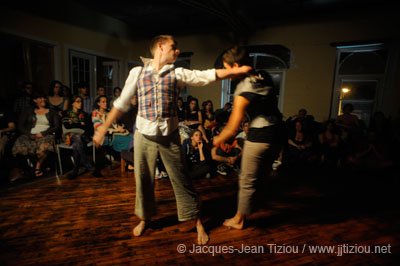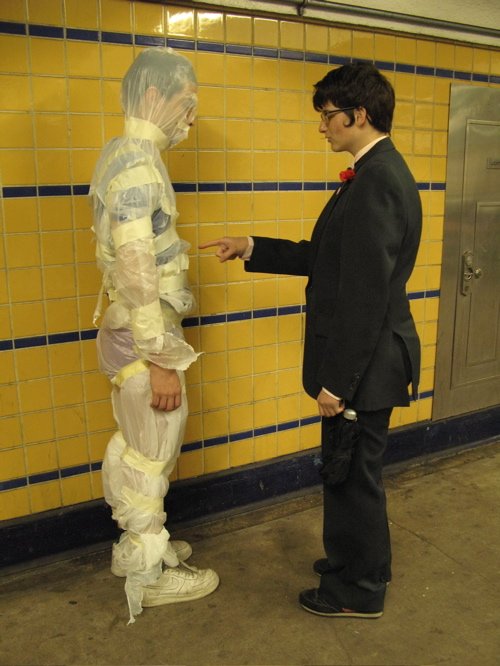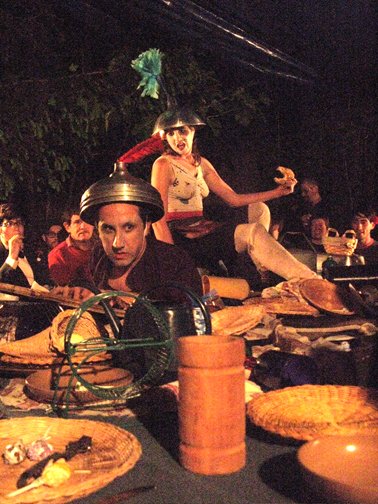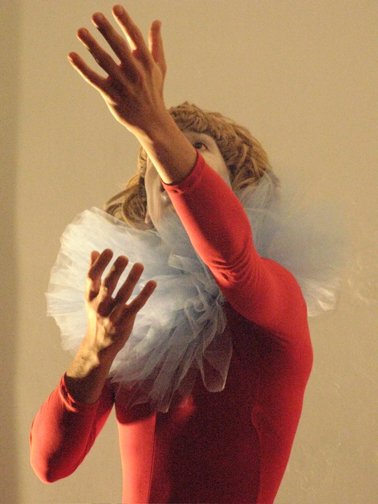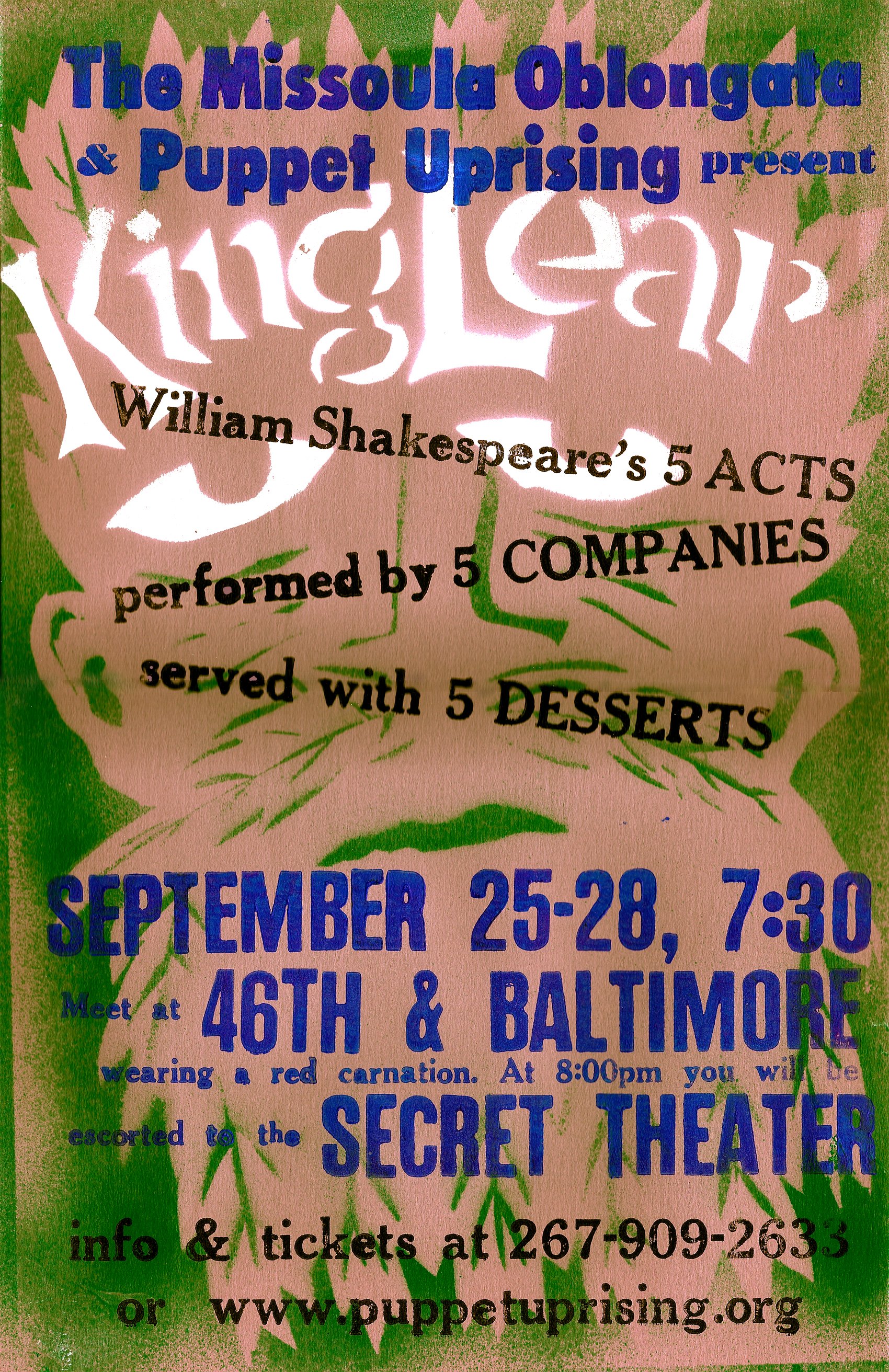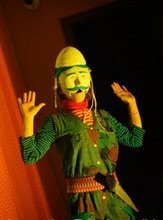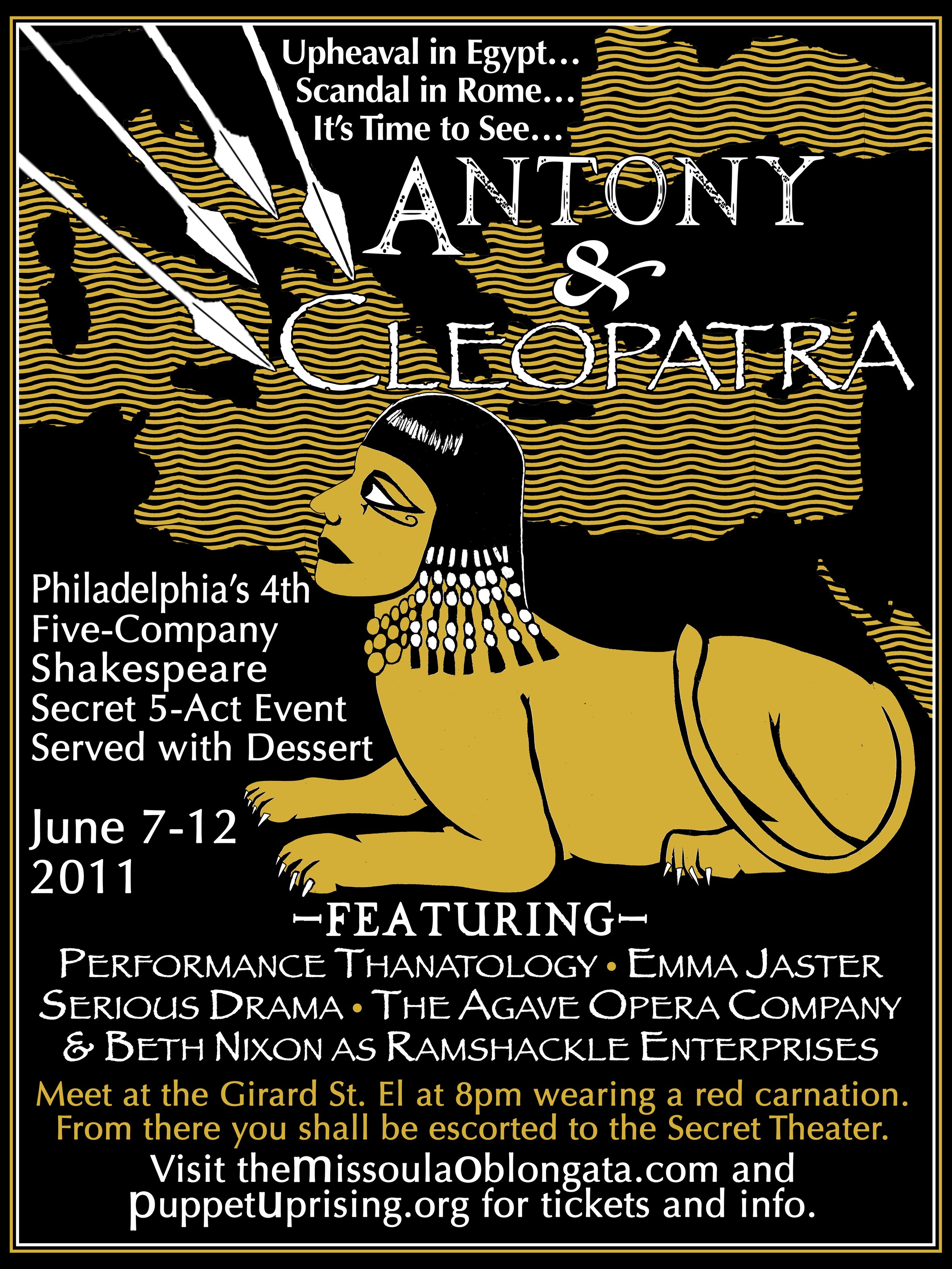I have held the following faculty positions, teaching performance, interdisciplinary art and sciences:
School of the Museum of Fine Arts at Tufts University
Lecturer & Course Designer: Movement, Sound, and the Senses (Spring 2020)
Lecturer & Course Designer: Politics, Performance, and the Avant-Garde (Spring 2020)
Lecturer: Advanced Performance Projects (Fall 2019)
Assistant Faculty: Painting, Performance, and Installation (Fall 2019)
Goddard College
Academic Orientation Faculty: Undergraduate Program (2018–2019)
Faculty: BFA in Socially Engaged Art Program (Spring 2018)
Faculty: BA in Health Arts & Sciences Program (Spring 2018)
Faculty: Individualized Bachelor of the Arts Program (Spring 2018)
Yoga Teacher: Masters of Fine Arts and Undergraduate Programs (2014–2019)
Additionally, I’ve guest-taught performance pedagogy, applying kinesthetic learning to the arts and social sciences. I’ve returned to teach various programs at these institutions on an ongoing basis:
Bryn Mawr/Haverford Bi-College System
Graduate School of Social Work and Social Practice (2019)
Education Program (2015–18)
Dance Program (2018)
Peace, Justice, and Human Rights Concentration (2013-15)
Customs Orientation (2013-15)
Latin American Studies Program` (2013)
Temple University
Tyler College of Art: Art Education Program (2014-19)
Institute on Disabilities (2014-16)
School of Theatre, Film, and Media Arts (2015)
University of the Arts
School of Dance (2013-15)
Creative Writing Program (2013)
University of Pennsylvania
Student Affairs (2016-18)
Theatre Program (2014-15)
School of Medicine (2009-13)
Responsible Endowments Coalition (2007)
Other lectures and guest teaching for classes, conferences, and special events:
Performance Pedagogy/Diversity, Equity, and Inclusion Training
Widener University School of Social Work (2017)
Moore College of Art Gallery Residency Workshops (2017)
Penn State Brandywine (2017)
Cornell University Student Disability Services (2016)
Cabrini University School of Education Keynote and Workshops (2016)
The College of New Jersey Applied Theatre Program (2010-16)
Roosevelt University School of Education (2011)
The College of William and Mary (2011)
University of Michigan North American Students of Cooperation’s Institute (2008-10)
University of California Berkeley Student Cooperatives (2009)·
University of Oregon Westco Conference (2009)·
Hahnemann Medical College Standardized Patient Program (1998-2000)
Visual and Interdisciplinary Arts
Keene State College: Devised Theatre Onstage and In Your Ears podcast presentation (2018)
Ursinus College Theatre Department (2003-04)
Hampshire College Art and Social Action Program (2001-02)
Bennington College Social Practices in Art Program (2001-02)
Marlboro College Arts Program (2001)


